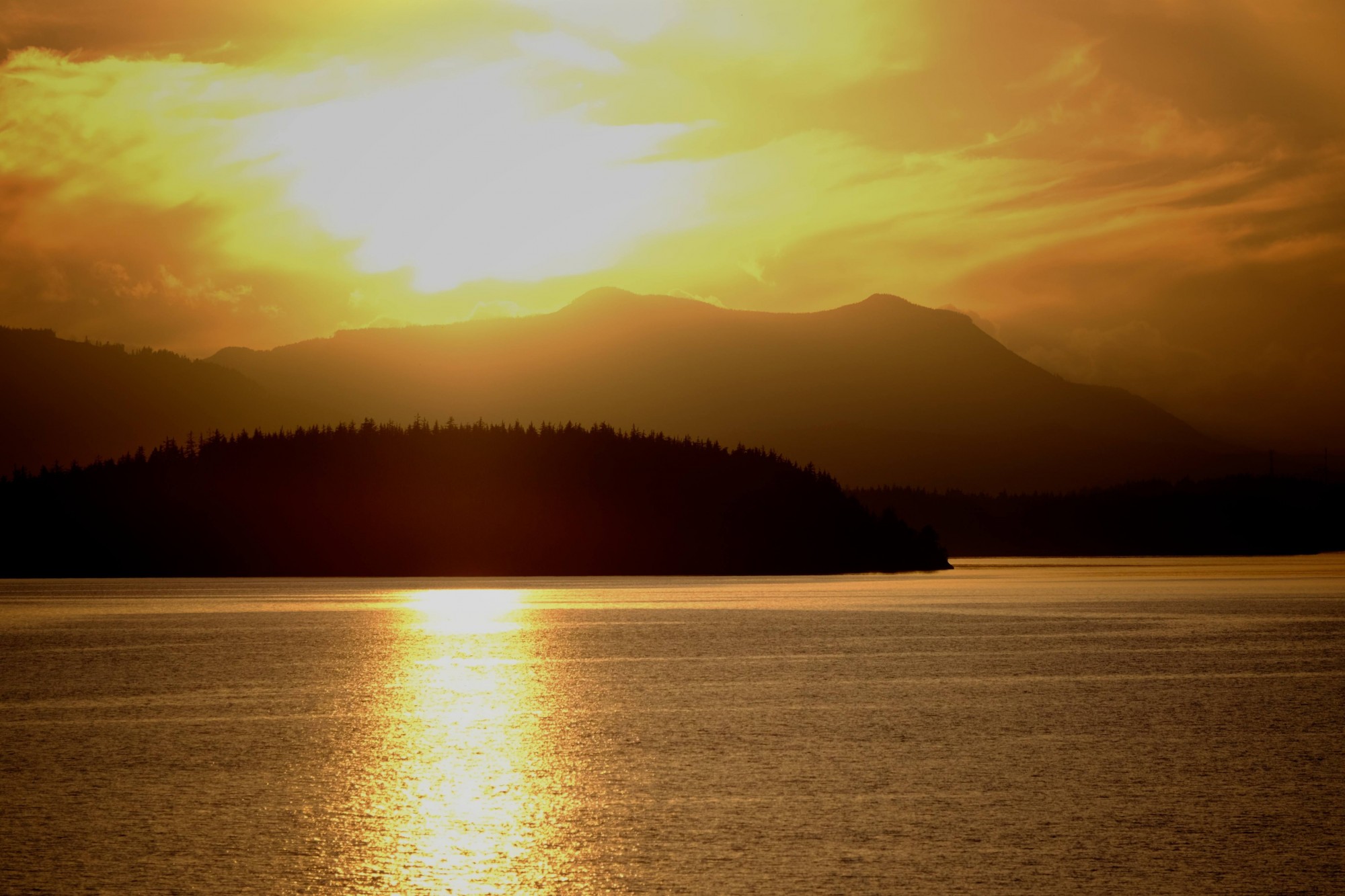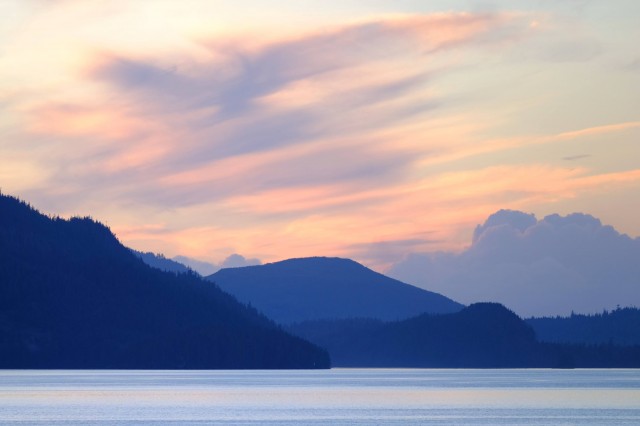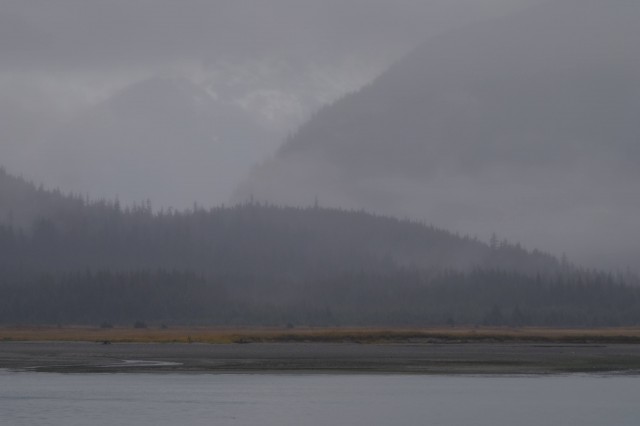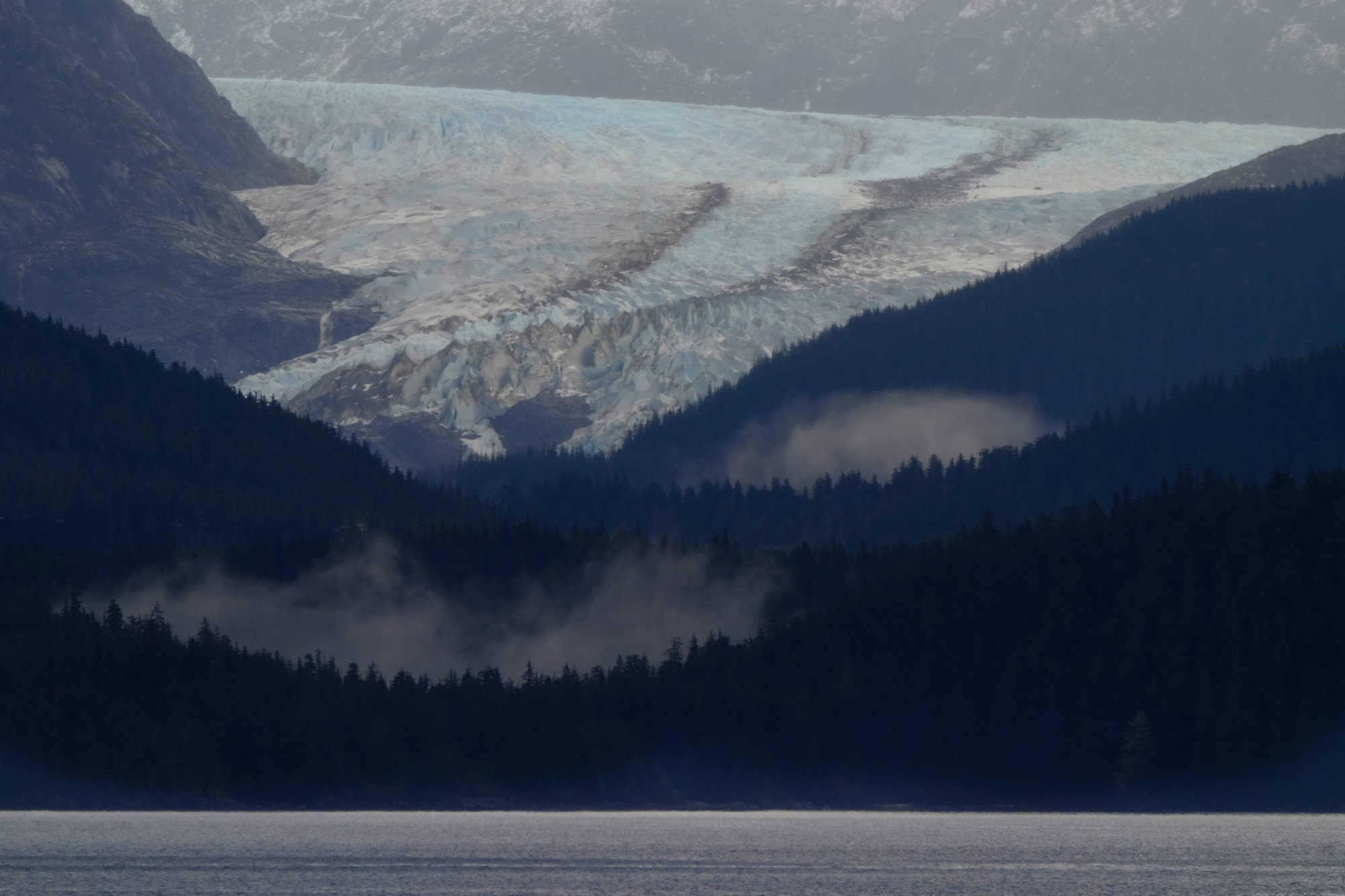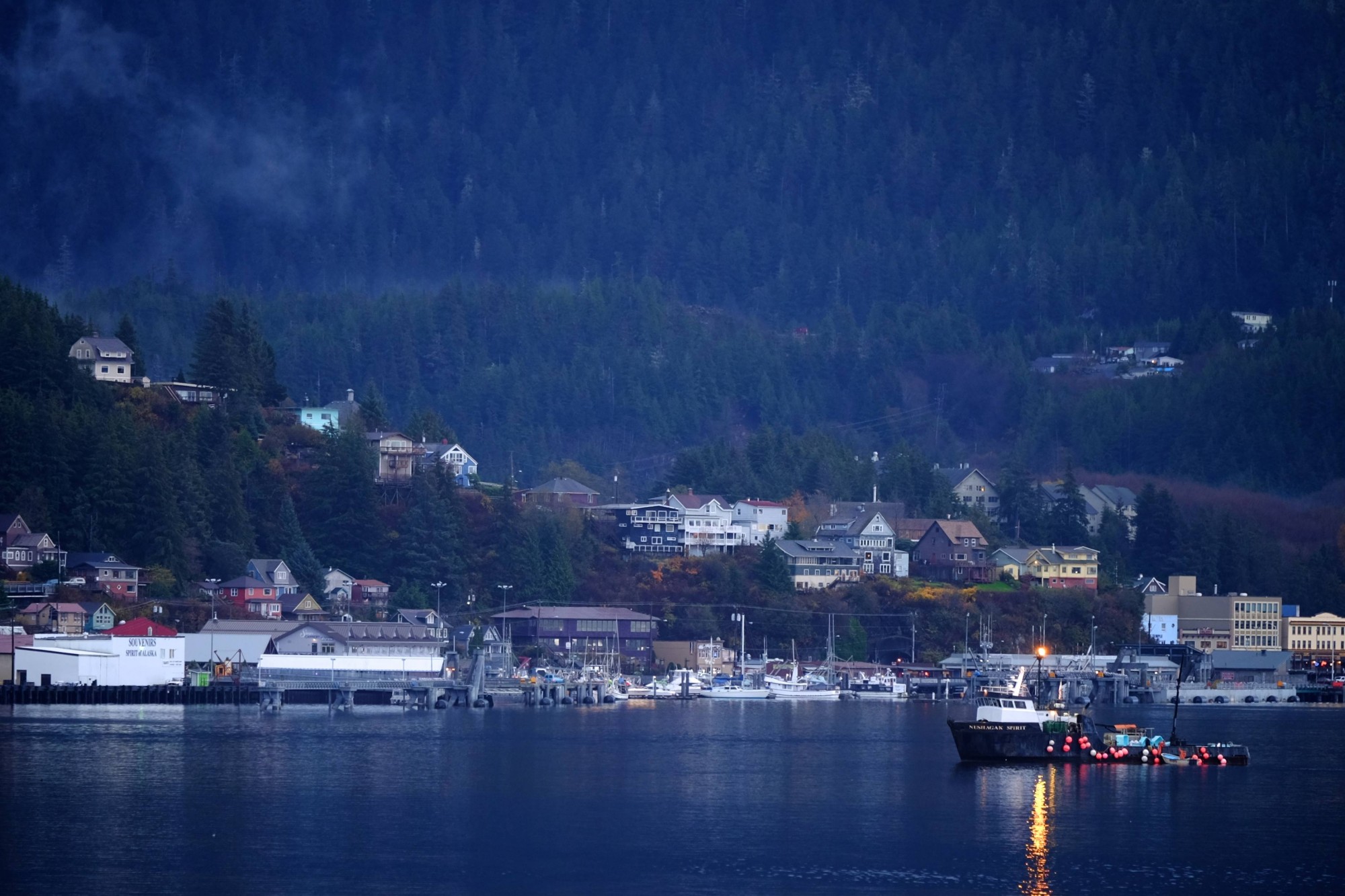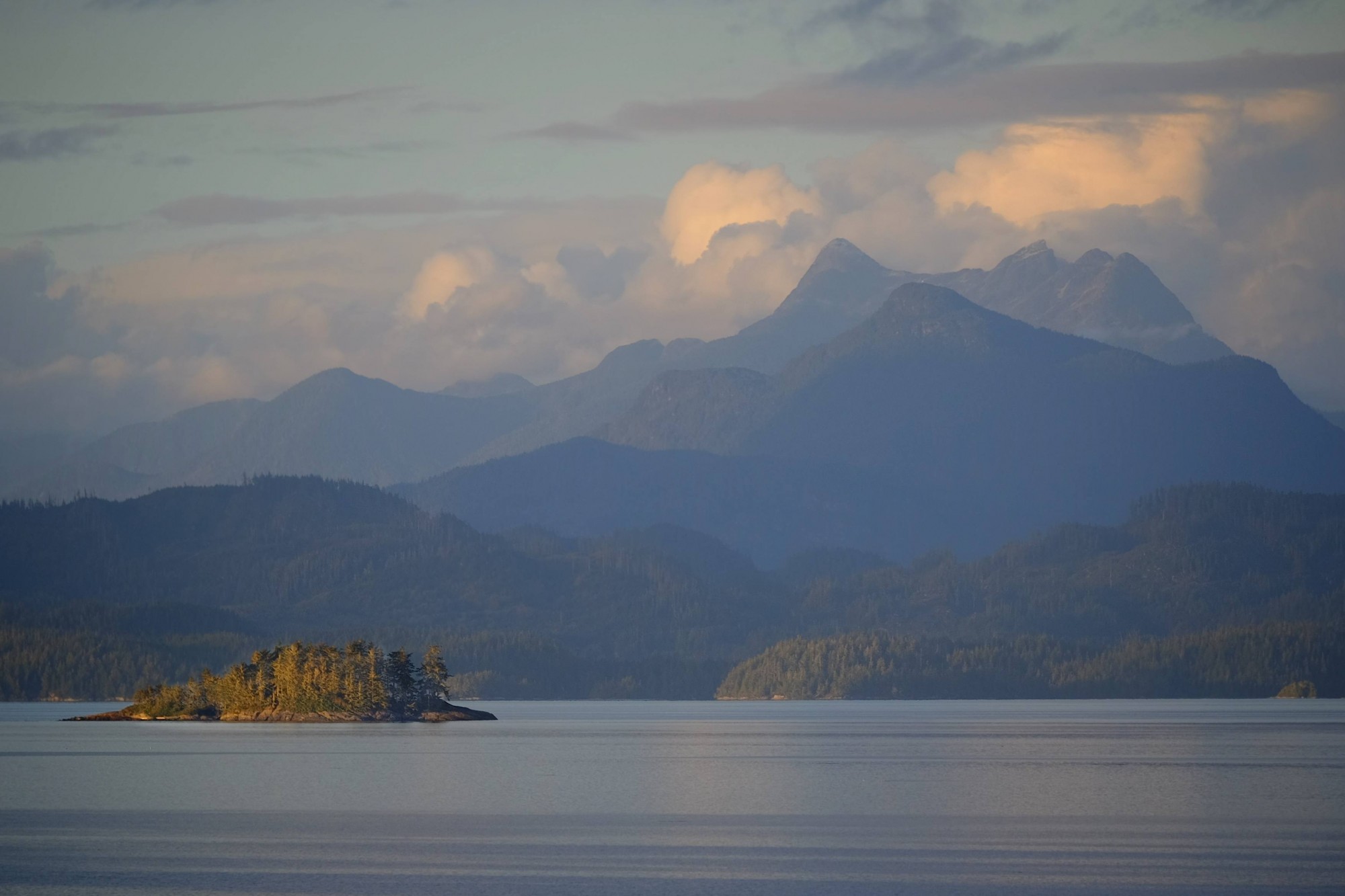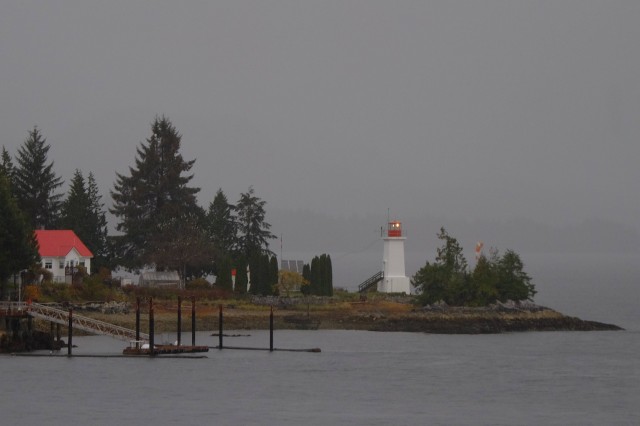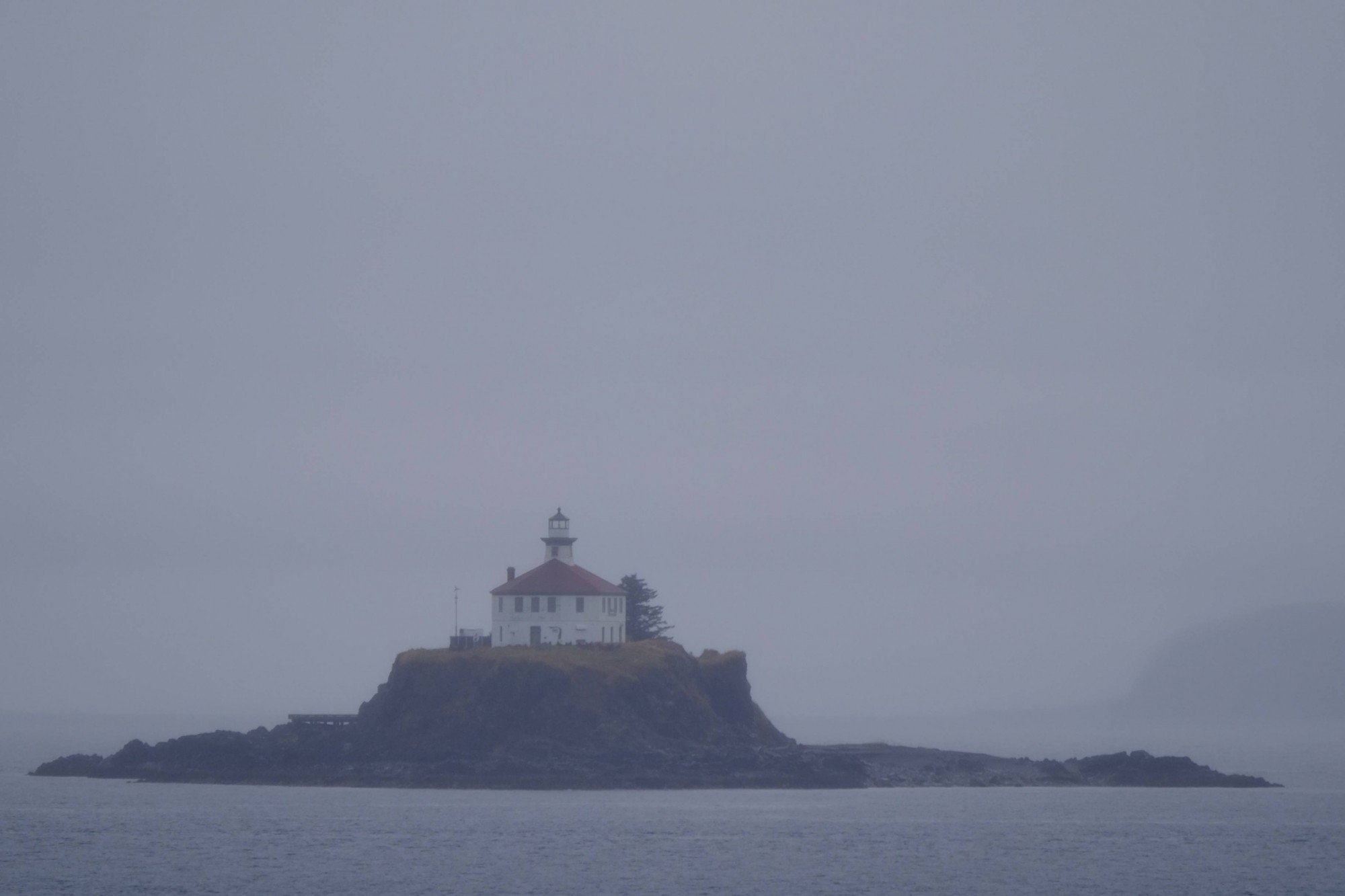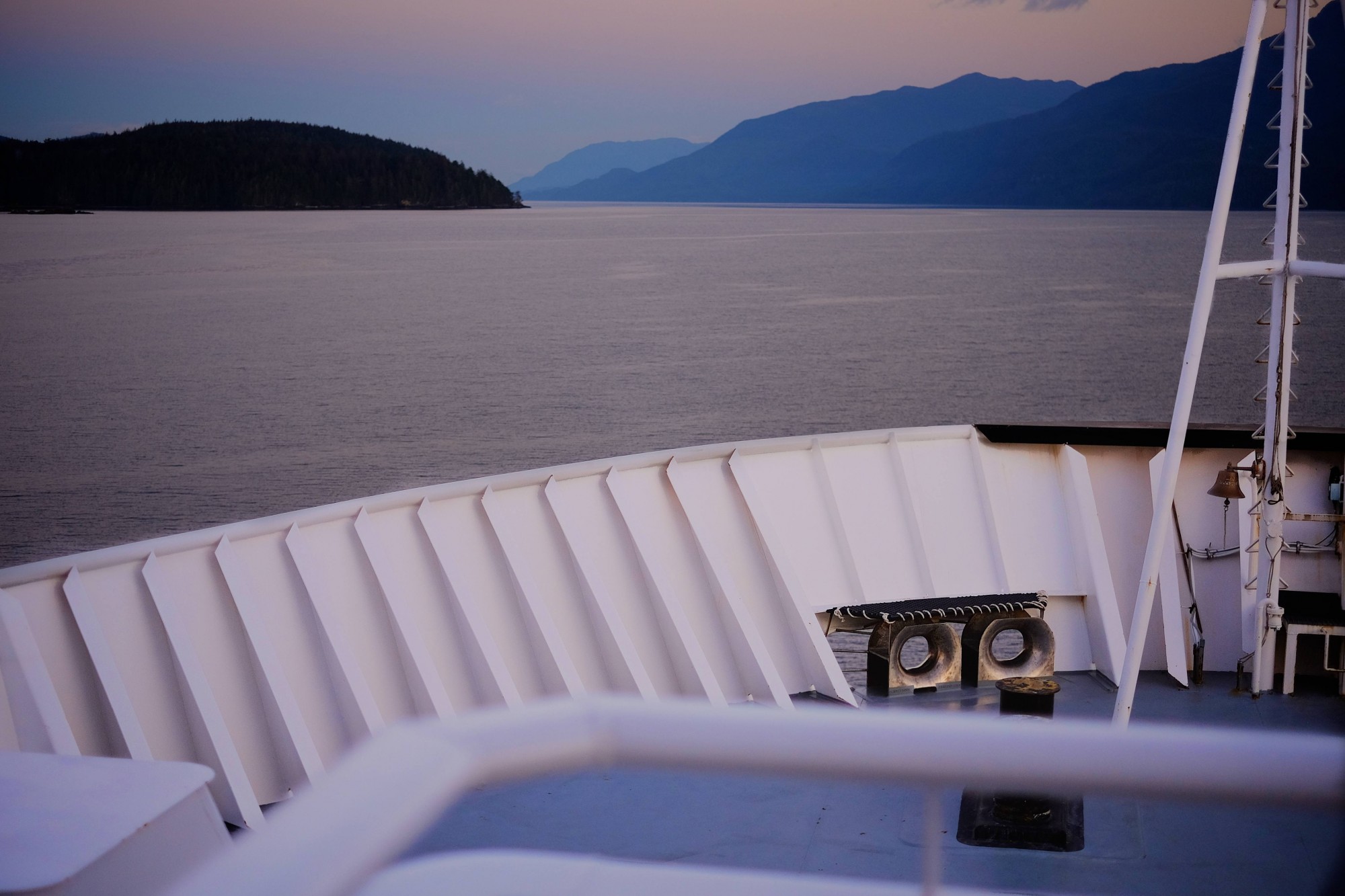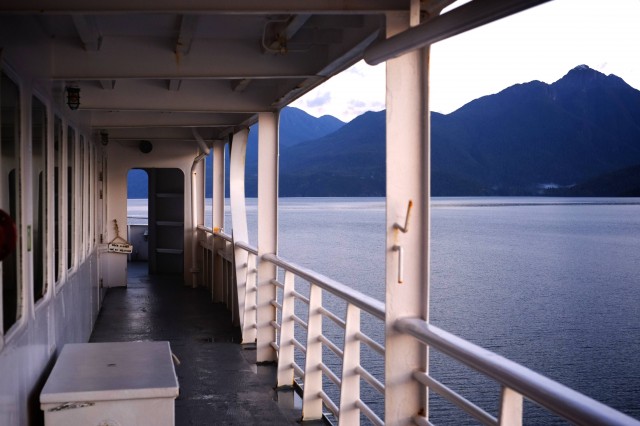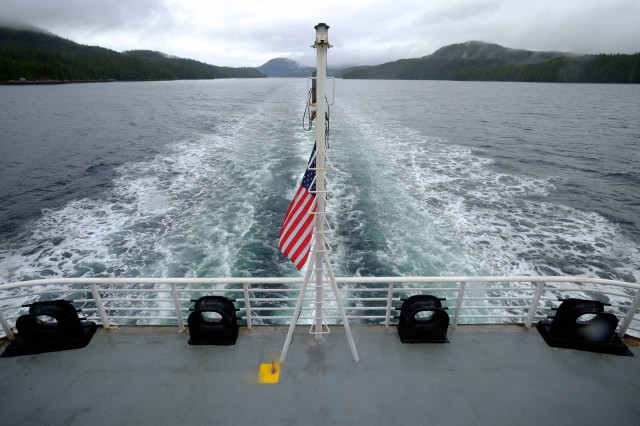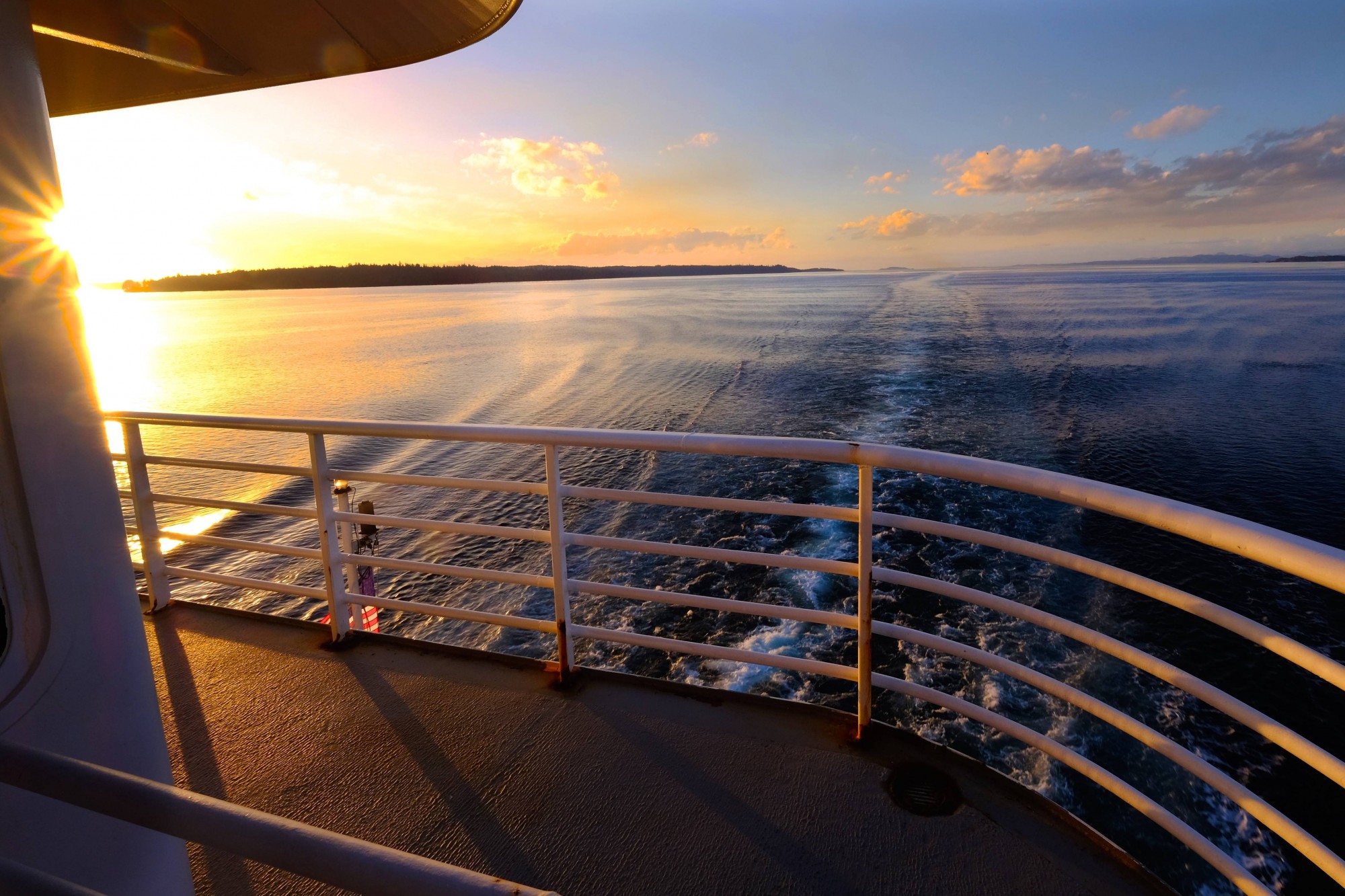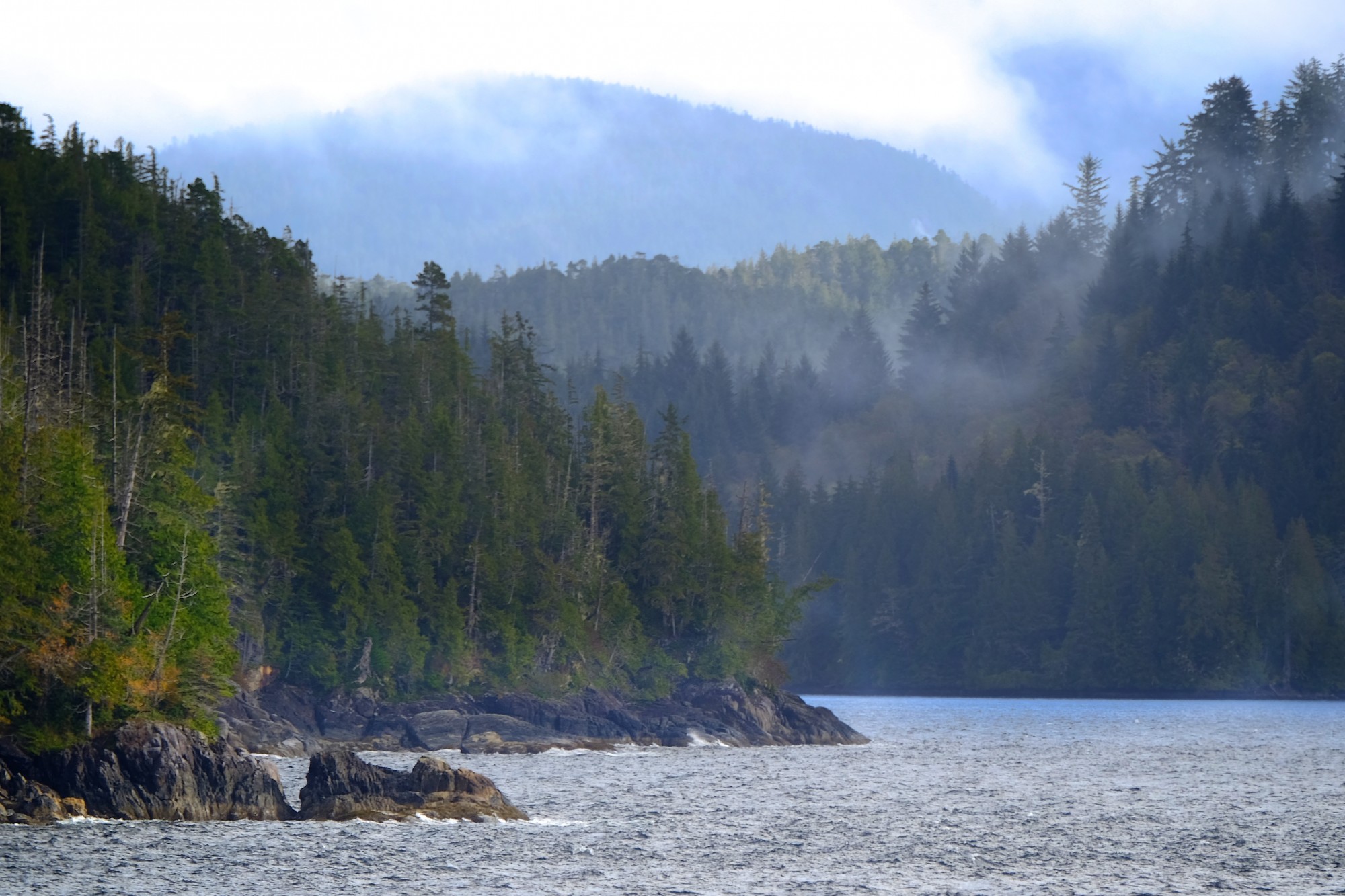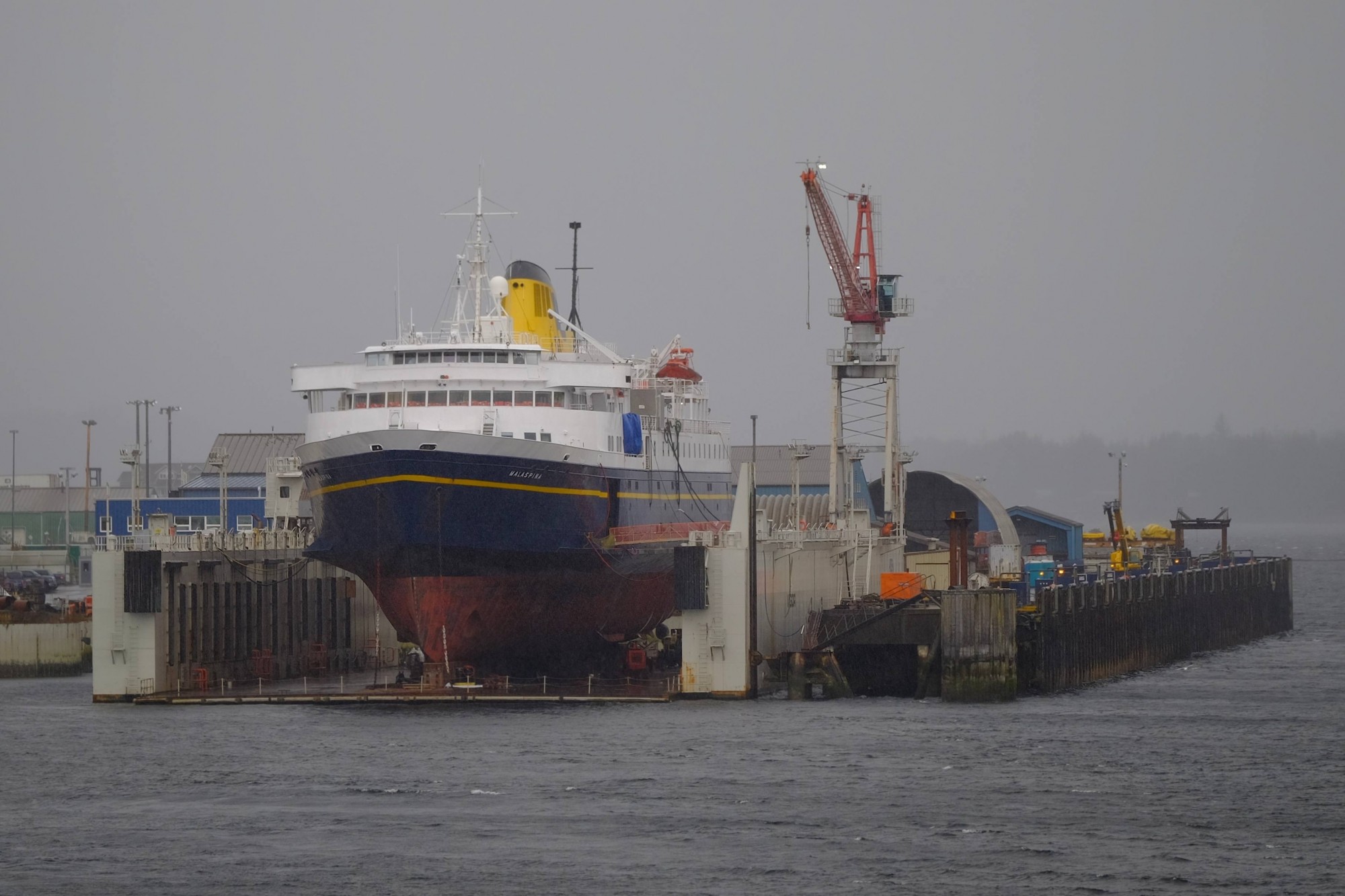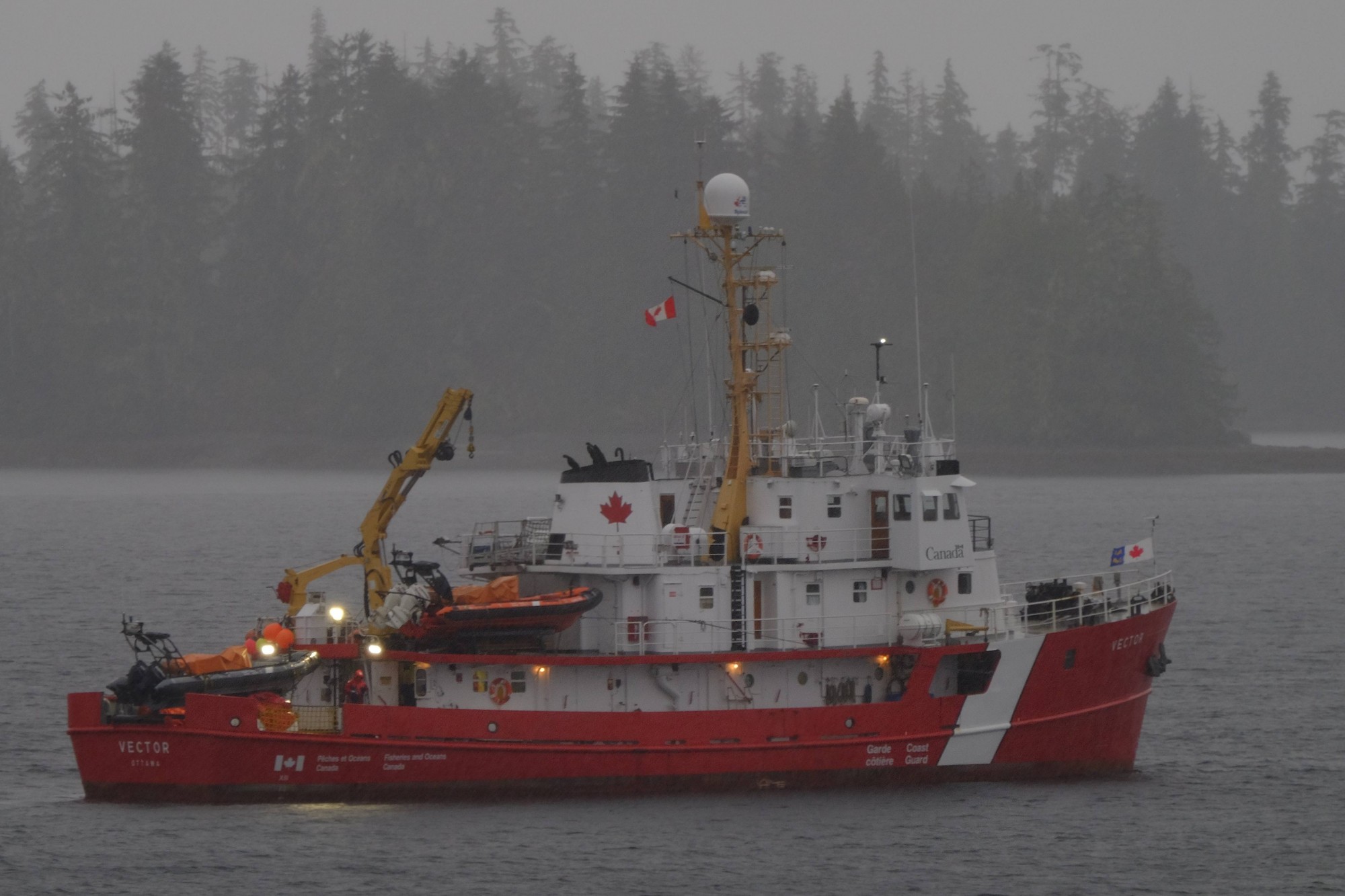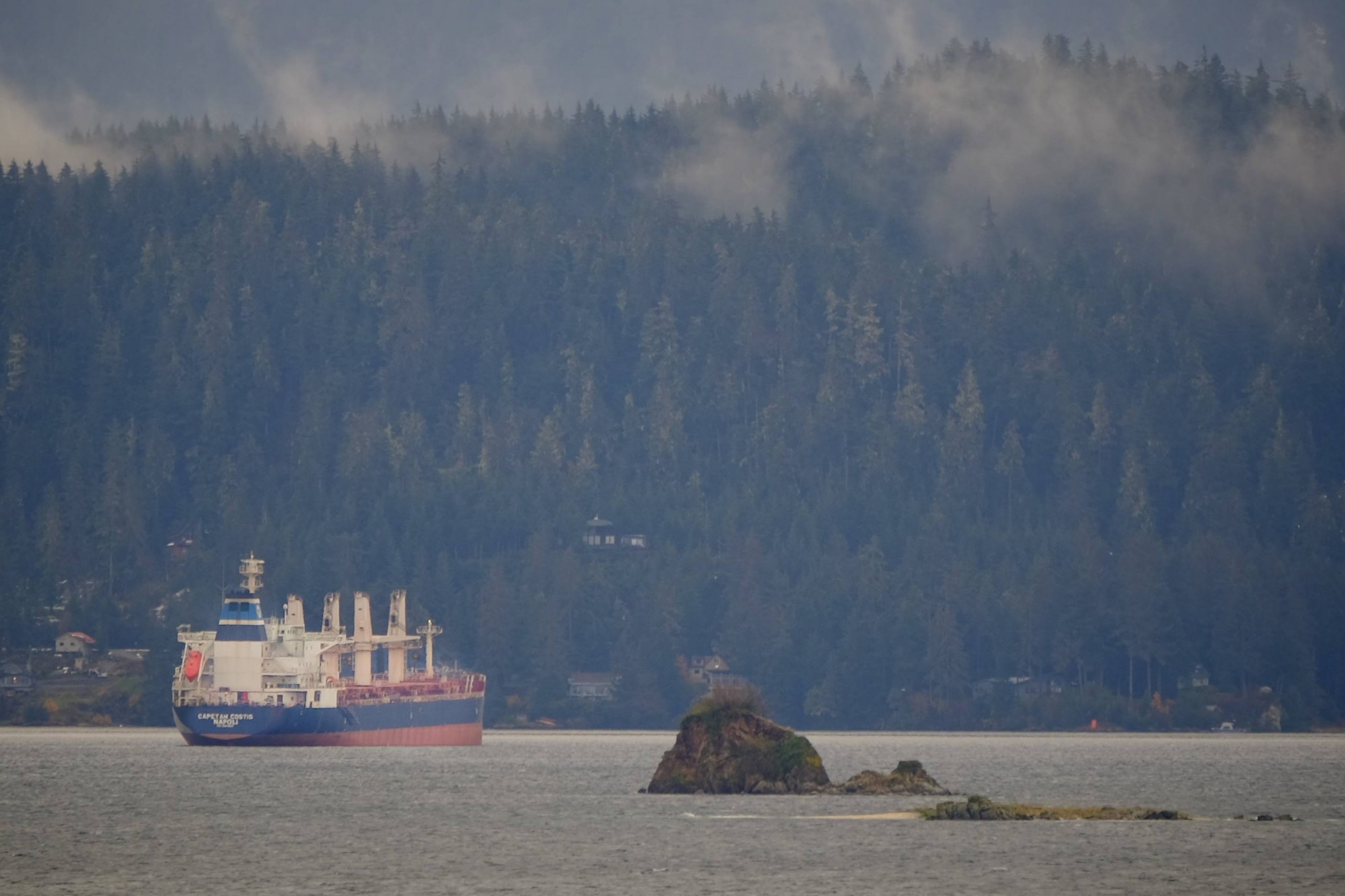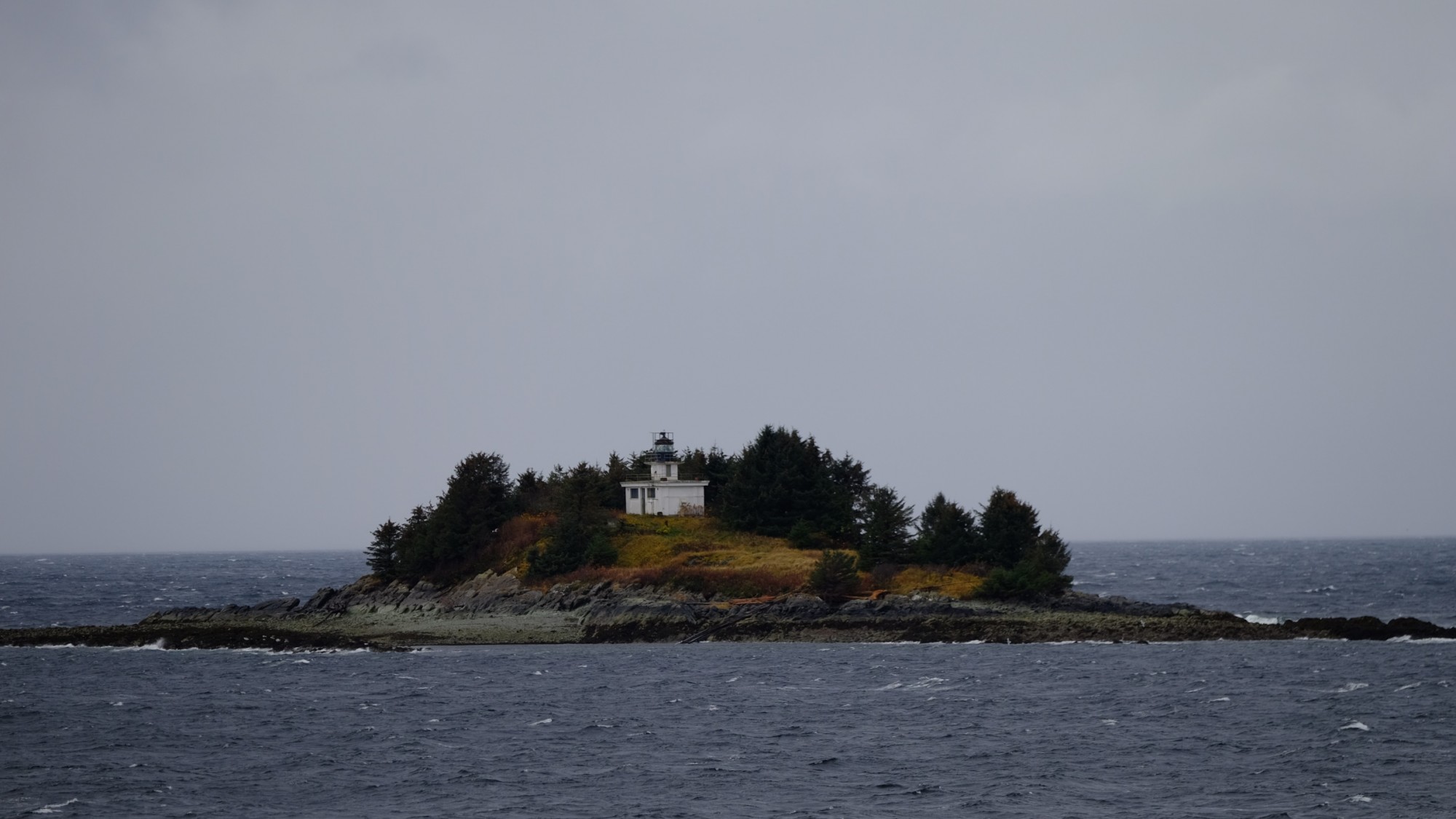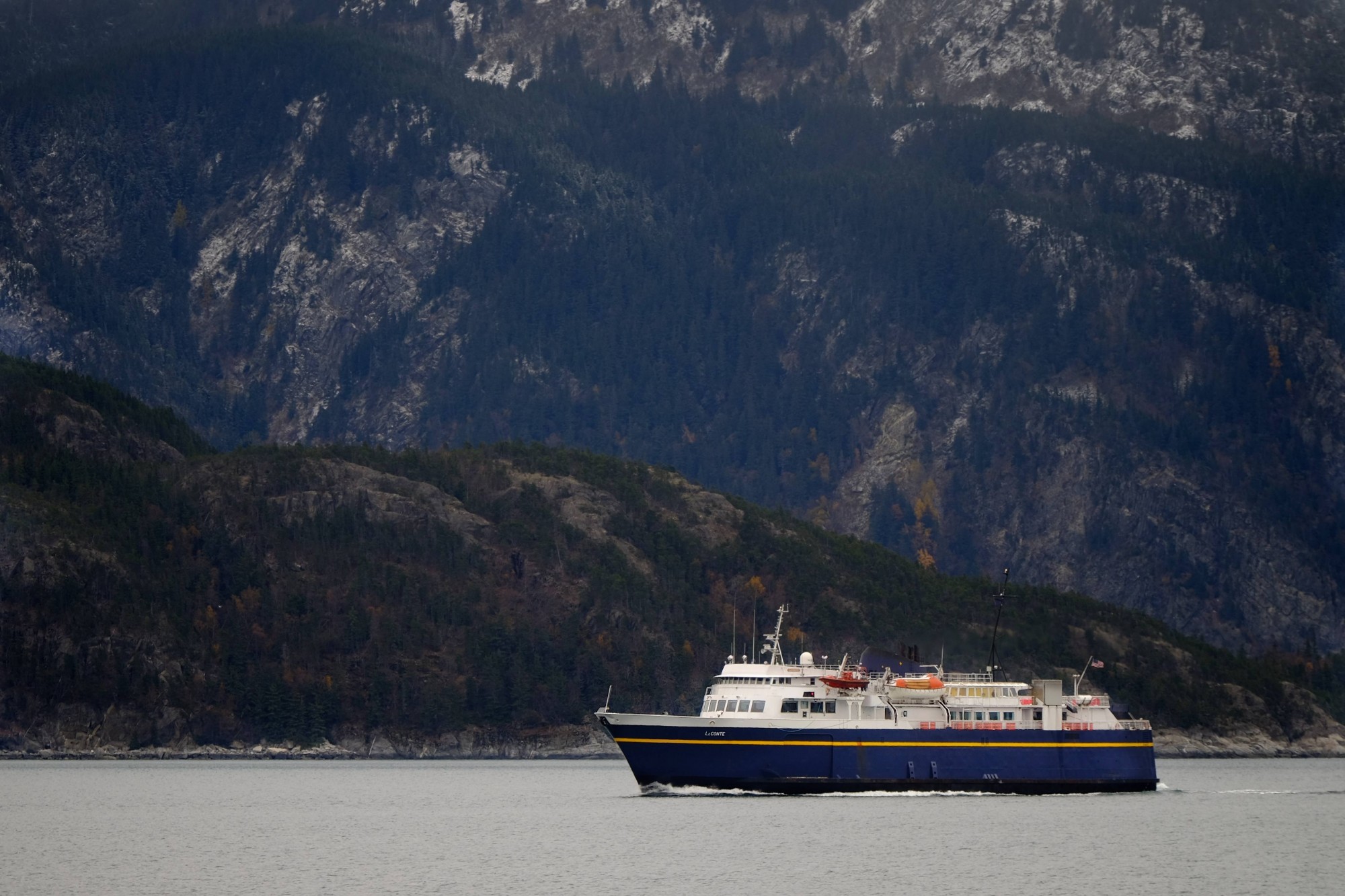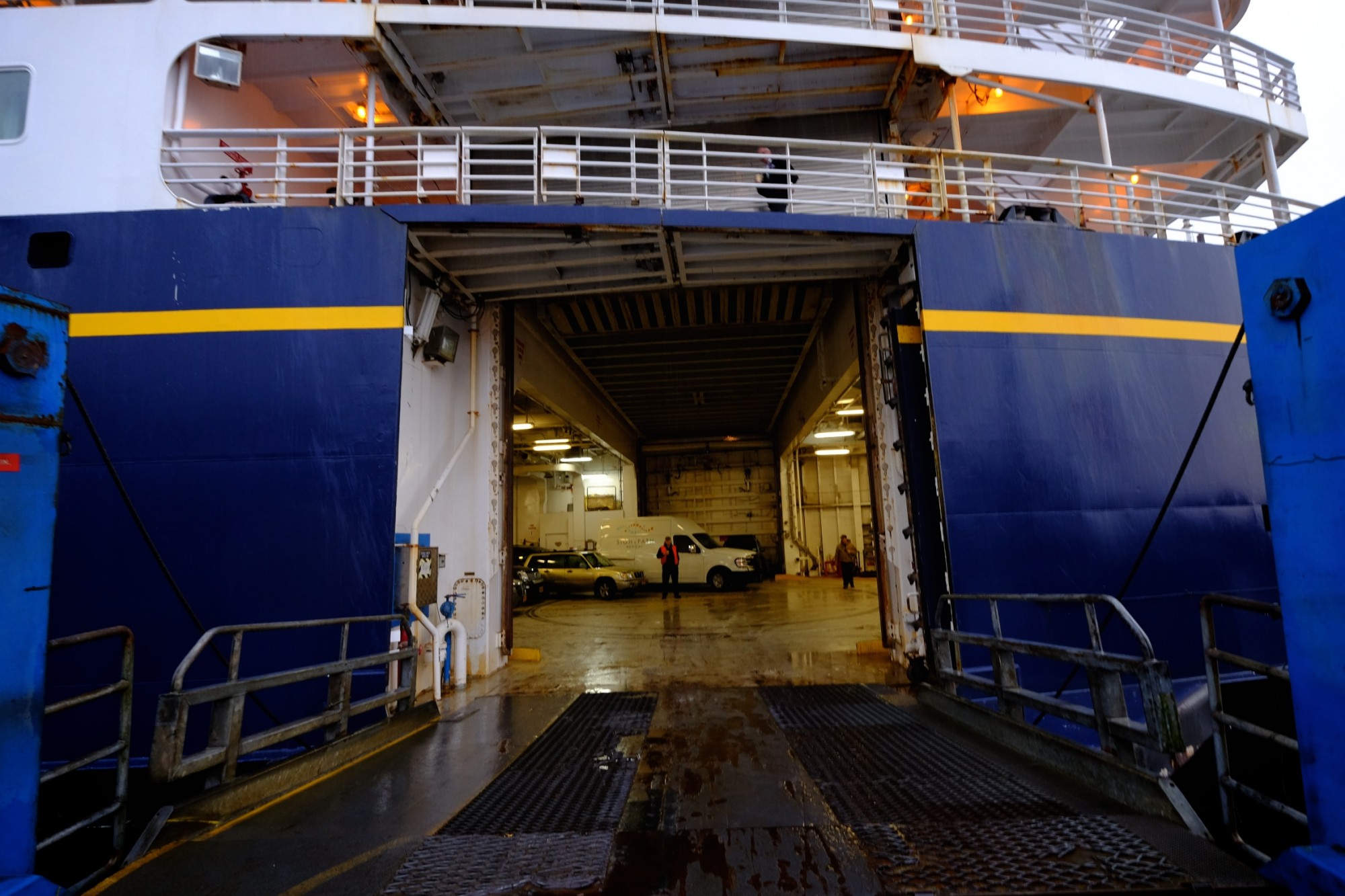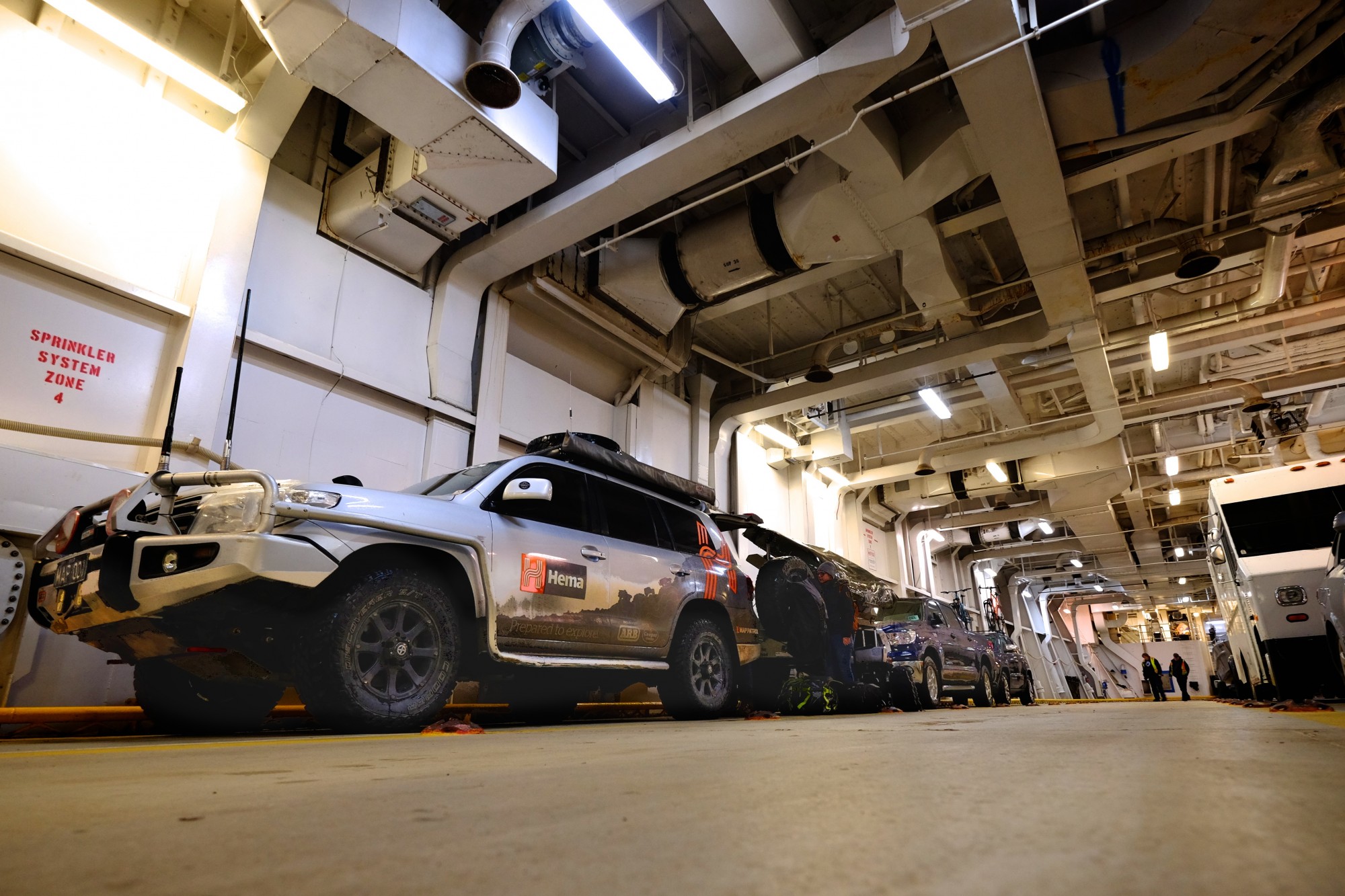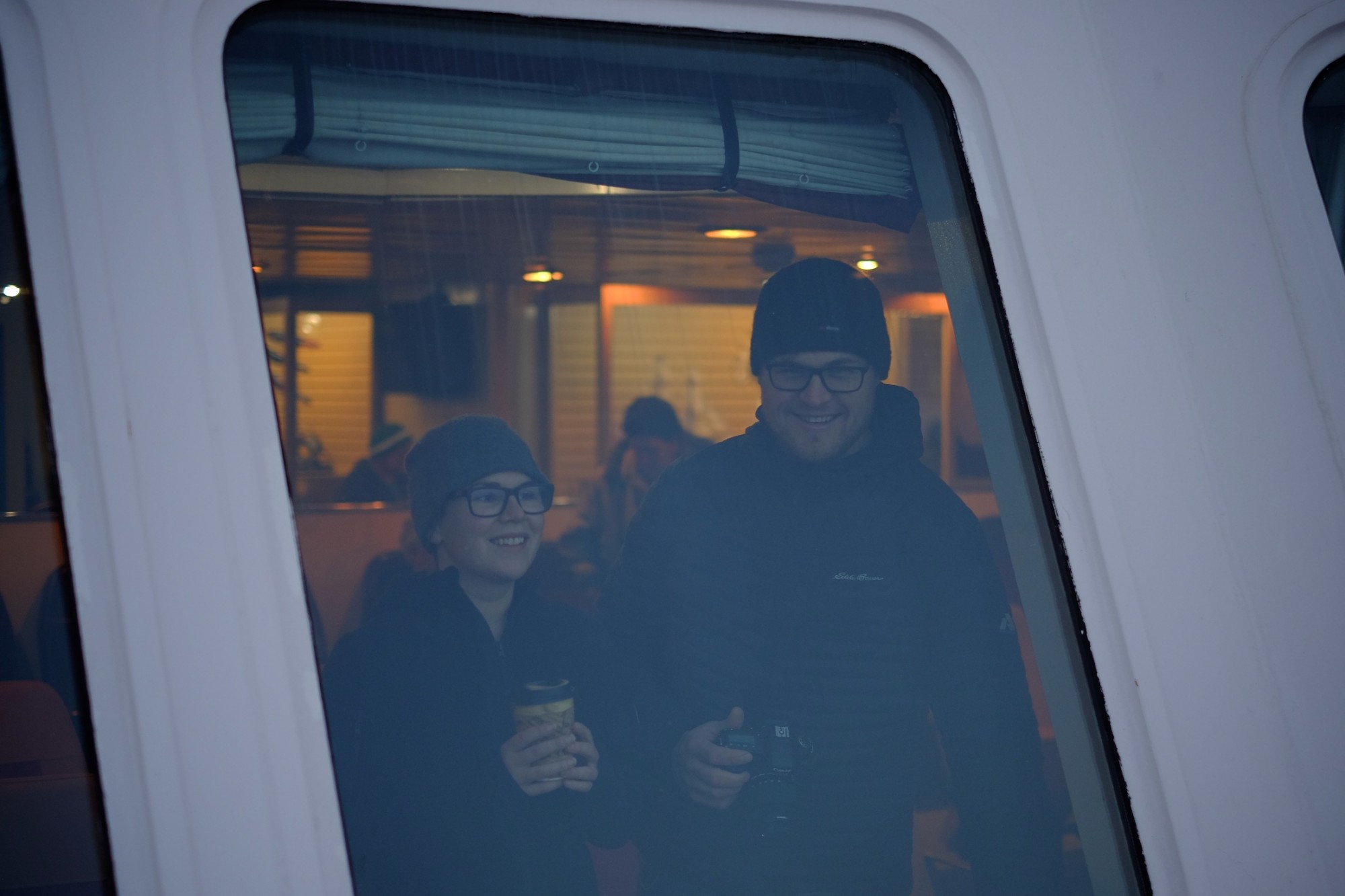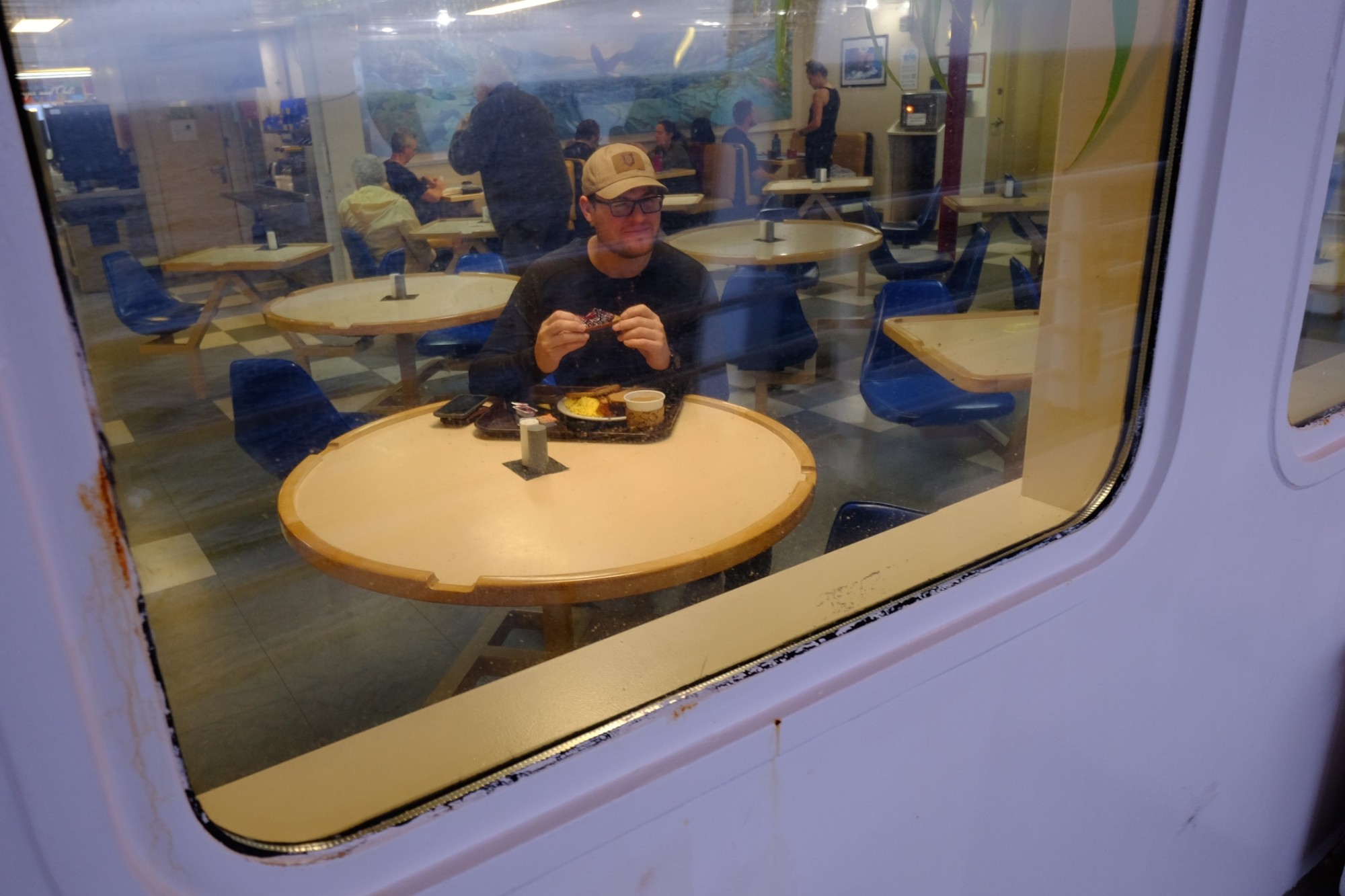Overlanders love remote destinations. They also have a passion for driving. Those two predilections are seldom in opposition as the world is webbed with bumpy routes to places far flung. That isn’t the case with the 17 million acres that comprise the mostly roadless Tongass National Forest in Southeast Alaska.
The biggest forest district in America, the Tongass is also the world’s largest temperate rain forest with more than 5 million acres of old growth western red cedar, hemlock, and sitka spruce. It is home to the fifth largest ice field in this hemisphere, thousands of islands and inlets, and an extensive network of narrow fjords. It is a place where dozens of glaciers dip their toes into icy ocean water and tall peaks pierce the sky. Prime habitat for bears, whales, and hundreds of species of plants and animals it has one of the most bio-diverse ecosystems in the world as well as the healthiest fishery in the Pacific.
And again, you can’t drive through it.
That latter point is an issue for many overlanders but I am not one of them. I know well the natural treasures it holds and believe that any visit to Alaska that doesn’t include a trip to the area simply known as “Southeast,” is an incomplete Alaskan experience. I understand Alaska is a big place and it’s nearly impossible to see it all, but the panhandle of the state truly is not something to be missed.
We have all heard of overlanders who have made the journey from the Lower 48 to Alaska–and back––as well as from those eager to make the trip themselves. I have done the drive through the seemingly endless sprawl of British Columbia many times, and in all seasons. It is a must do for any traveler, but I won’t pretend to suggest I think it’s worth doing twice in a two week trip. Instead of the multi-day journey through Canada’s never ending ocean of trees, I prefer to ply the narrow straits and fjords of Southeast Alaska’s Inside Passage.
Encompassing the entirety of the southern panhandle of the state, the Tongas is huge, roughly the size of Maine. It is also home to 114 villages, towns, and the largest city in the area, Juneau. Of those communities, only Haines, Skagway, and Hyder have road access and those ports are located at the furthest upper and lower extremes of the region. I’ve had to argue the point many times, but even the capital city of Juneau is hemmed in by ocean, rock, and ice. If you want to visit this pristine area your choices are few. That is to say––by boat, bush plane, or not at all.
To service the 70,000 people living in Southeast, the state of Alaska commissioned a ferry system to provide service to the key ports in the archipelago. Since that year in 1959, the same year the state became part of the Union, the Alaska Marine Highway has grown to a fleet of 11 ships. Some are dedicated to day trips, others built specifically for multi-day journeys like the popular route from Bellingham, Washington to all points north like Skagway and Haines, Alaska.
Ketchikan is one of many towns along the route only accessible by boat, and seldom visited by anyone other than cruise ship passengers. The quaint Creek Street district served as a brief afternoon escape from the ferry while it resupplied for several hours. There are frequent opportunities to exit the ferry to stretch your legs.
Romantic maritime scenes are a constant during the journey. Whether in the many ports like Ketchikan, Juneau, or Canadian towns like Bella Bella, boats are an ever present theme.
On our most recent trip through Alaska, we elected to connect Haines with Bellingham. I have made this journey three times prior and relished the opportunity to do it again. Not only is it the most authentic of Alaskan experiences, it is sublimely relaxing. Because the route weaves through the narrow passages between islands and inlets, it offers a beautiful portal into the maritime landscapes of the region. Lighthouses dot rocky points jutting out between tight straits, and houses cling precariously to tiny islands, many of them a dozen miles from the nearest village. Glaciers cap ragged peaks, and if you’re attentive to the surface of the passing water, porpoise and whales can be seen making their own aquatic journeys.
I have been asked many times what I like so much about the Alaska Marine Highway, my answer never quickly delivered. I think what I enjoy most is the ability to see parts of the world inaccessible to vehicles. I also like to retire to one of the observation lounges on board, settle into a comfy chair, and simply watch the trees go by and the clouds pass overhead. I like the gentle hum of the engines, the subtle rocking of the vessel, its lazy motion just enough to remind me we’re underway.
I also look forward to the time spent with other travelers. These are not massive cruise ships crammed with hordes counted in the thousands. An Alaskan ferry is traveled by just a small few, many of them I know by name at journey’s end. I also appreciate that every passenger, whether a seasoned local or a brand new visitor to the area, is wide-eyed and captivated by the views beyond the railings. Alaskans love their state and can be found on the decks snapping pictures and pointing with the same enthusiasm as tourists on a once in a lifetime vacation.
There isn’t a great deal of luxury involved on an extended ferry trip, and perhaps that too is part of its charm. The dining hall and cafeteria are humble, serving the same burgers, fries, and eggs-over-easy found throughout much of Alaska. Freezer foods in a land of tricky transport are common. Cabins can be reserved, albeit for a hefty sum, although many voyagers like myself simply toss a sleeping bag on any available floor space, or pitch a tent atop the upper deck. Yes, as absurd as that sounds, it is allowed and quite common. This is after all, still the frontier.
It’s an enchanted way to travel, effortless and stress free. It allows the traveler the ability to enjoy a sunset after dinner, no worries as to where to rest your head once the dark of night claims the day. There is no portent of a flat tire, mechanical, or mishap. I often find myself elbows on the railing, looking off into the mist-filled places where the mountains meet the sea, never regretting my decision not to be driving for multiple days across a somewhat featureless stretch of Canada.
A typical view from the boat, not just occasionally or even a few hours, but for days on end. The route slips through what seems like impossibly narrow passages. That also helps keep the sailing nice and smooth with only a few sections of open water.
There are few reasons not to take the ferry, chief among them is the cost. The fare for a standard size truck from Haines to Bellingham is in the neighborhood of $1,500, which doesn’t include the $400 for the driver or any passengers. Throw in a cabin and a few meals and the cost becomes a bitter pill. Compared to the drive through the interior, it is still more expensive, although far more enjoyable.
If you have ambitions to visit our 49th state, I hope you don’t succumb to the draw of the steering wheel and fail to settle into a deck chair aboard an Alaskan State Ferry. Ask anyone who has every made the four day boat journey north or south and I’m sure they’ll tell you, it is worth the expense to experience a world so few people get to see. – CN
The state is continually maintaining, repairing and replacing vessels in their fleet with most of the basic repairs taking place at their facility in Ketchikan.
Nearing the town of Bella Bella along the Canadian coast, several Coast Guard cutters could be seen patrolling the waters, and for good reason. Just days before, a multi-million dollar tugboat ran aground with only the wheelhouse and mast poking up above the water. (below)
Heavy haulers service most of the major port towns serving as their only lifeline to the outside world. (below)
Alaska Marine Highway Travel Tips
- Reservations must be made months in advance of a sailing with vehicle space the quickest to fill. There are third-party booking services to help with those logistics although they only exacerbate the already hefty fee.
- Once on board, access to your vehicle is limited to time in port, or for only 15 minutes every 4-5 hours between ports.
- Pets must stay on the car deck but can be left in your vehicle.
- To save costs, booking a cabin is optional. Most of the vessels in the fleet offer free showers, lockers, and camping is permitted on the upper deck in the open-air solarium under heated lamps, or some people put their sleeping bags on the floor in select areas of the boat where allowed.
- The food on board is basic, but inexpensive. Some passengers bring their own meals on board and a few even cook on the solarium deck on camp stoves. Cooking is not allowed on the car deck or anywhere else.
- Most sailing schedules allow for some time off the boat while in port, but those stops can be brief, not allowing much time to explore ashore. It is possible to book passage with multiple days in select ports, but it compounds the booking complexity and increases the cost significantly.
- While a few boats in the fleet have some basic WiFi services, consider your time aboard a chance to untether from the cyber world. There is cellular service while in or near some port towns, primarily within Alaskan waters.
- If you have a trailer, you might want to leave it at home. The passage fare is priced per-foot. A trailer can cost over $1200 to get from Washington to Haines or Skagway.
- Bring a book. There is lots of downtime aboard the ferry during the near four-day trip, a welcome relief after dozens of hours of driving in the interior of the state.
- Enjoy the ride. The ferry is not just a means of connecting point A to B. It is an enriching travel experience unto itself. Take a nap, but for goodness sake don’t sleep through it. It ends all too soon.
www.dot.alaskamarinehighway.com
The car deck is located in the belly of the hull and has multiple lanes which circle a central structure. This permits cars to be loaded quickly without the need to reverse. It does mean once your vehicle is on board, it’s stuck there until you arrive at your ticketed destination. In the event your schedule allows for time to visit Juneau, Ketchikan, Sitka or any other port, most will have taxi service to get you to and from town, which is frequently a few miles from most ferry terminals.



